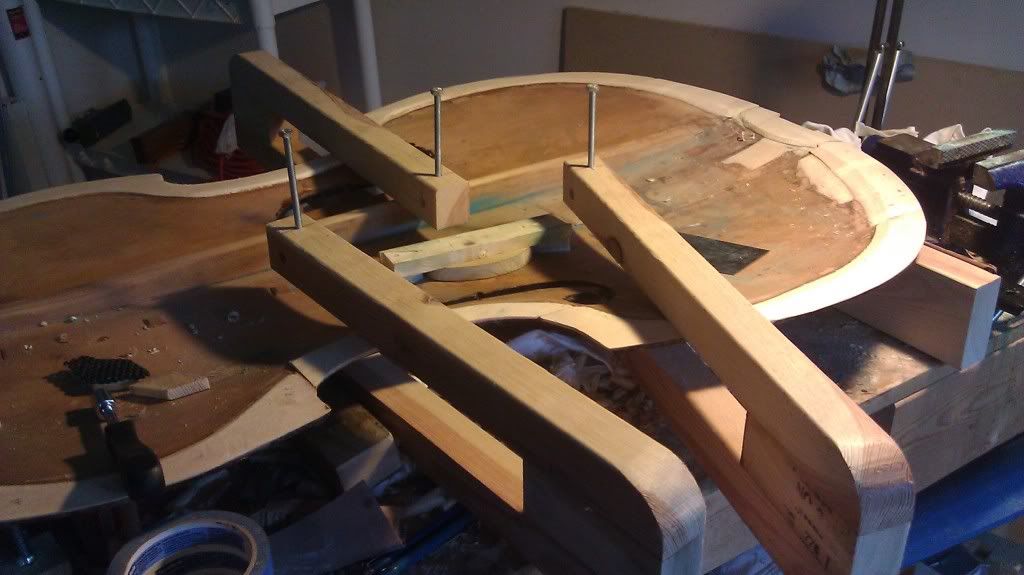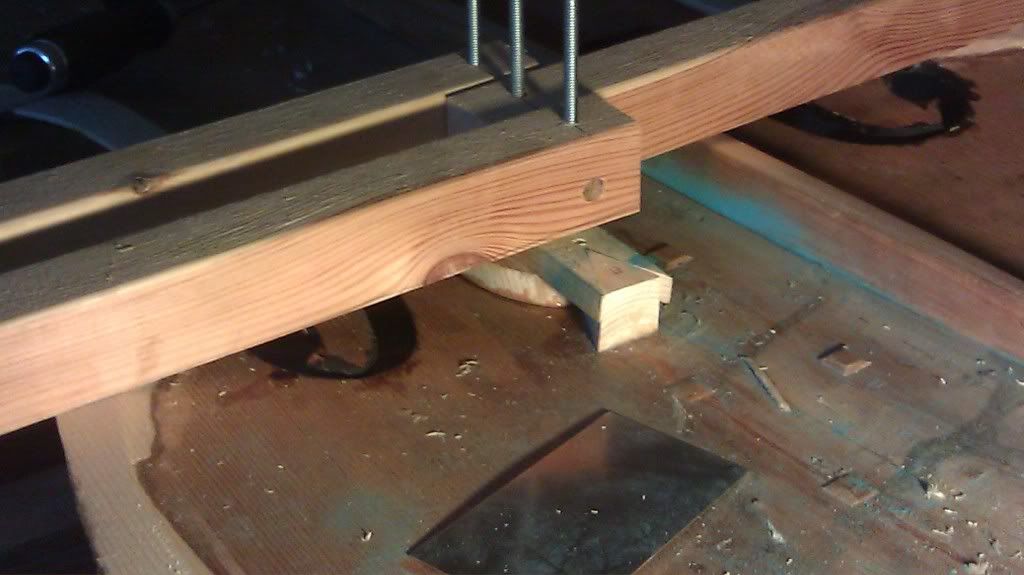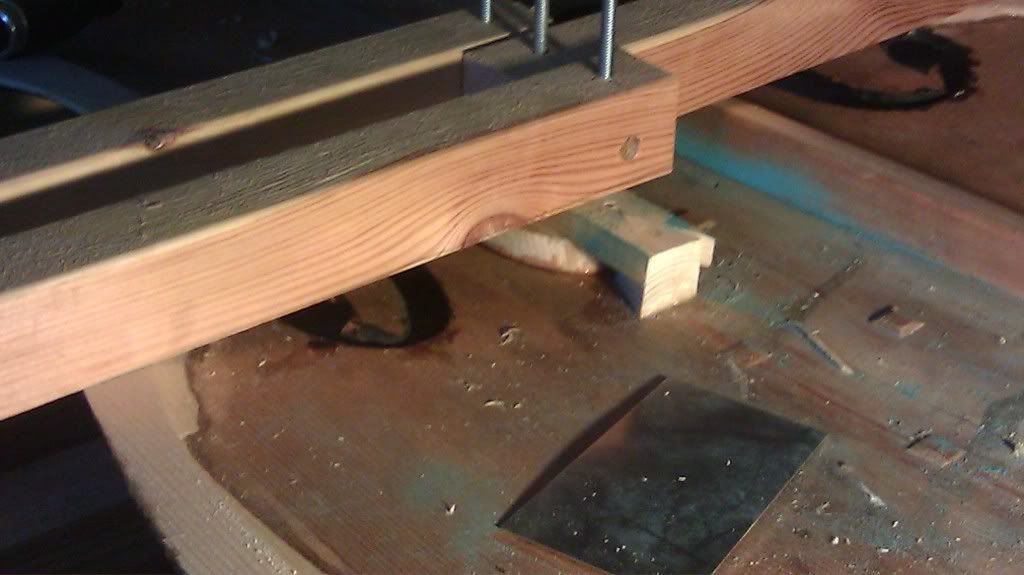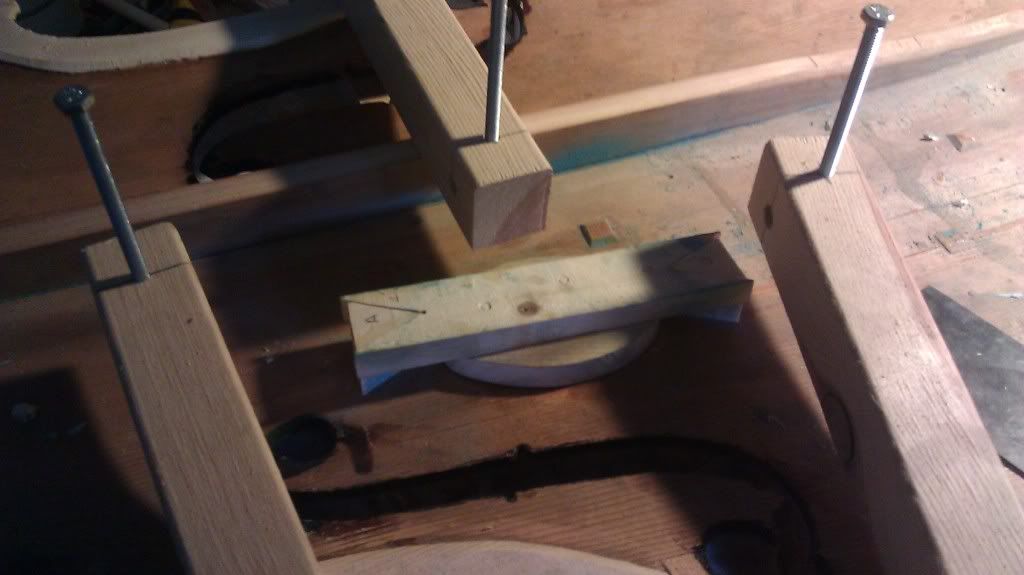
 |
|
|
|
#1
|
|||
|
|||
|
I am still working on the sound post patch, soon I will post some new pictures of my experiment, but for now I was looking for info about the patch online and I fond this info, I don’t really know is apply to an bass or a bass top I just though that I will be good to share it with you, it also have a second part..
|
|
#2
|
||||
|
||||
|
I find it easier to cut the patch out first, then trace the outline onto the back. I find it is easier then to carve the bed for the patch, keeping the edges crisp and clean.
|
|
#3
|
|||
|
|||
|
Sure Mat but he also said to make a very small path with a 90 degrees angle... I know u rather do a big one about 10d, and that's ok, but it makes me wonder if what he do could apply to a db top also
|
|
#4
|
||||
|
||||
|
Sure you can do that on a DB top. But whether you think its a good idea or not is up to you. Personally, I don't really understand why he chooses to do it that way, and its the only time I've ever seen it done that way. So unless I can get the genius behind it, i'll stick with what I know!
|
|
#5
|
|||
|
|||
|
Quote:
 |
|
#6
|
|||
|
|||
|
Sorry Mr. Schnitzer, we are talking about the Article on my post # 139, the Articule is:
A series of articles by David Harris as he observes Luthier Jan Shelley at work… |
|
#7
|
|||
|
|||
|
Edges Almost ready
 SP patch Drying as we speak:    |
|
#8
|
|||
|
|||
 |
 |
| Currently Active Users Viewing This Thread: 3 (0 members and 3 guests) | |
|
|